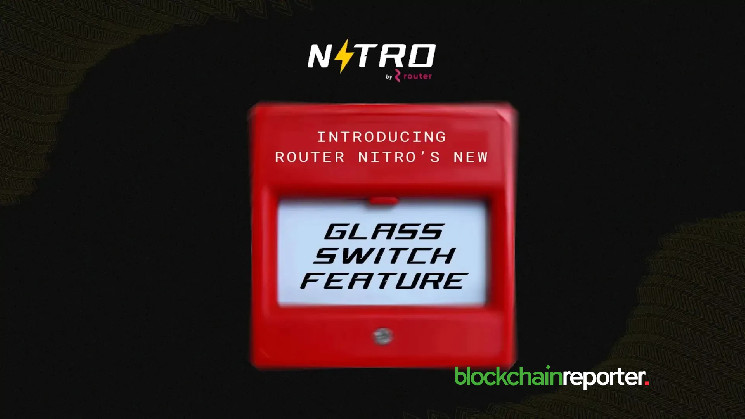Building bridges in the blockchain world, especially when bridging different networks or chains, presents an intriguing paradox. While there is a strong focus on improving the internal security measures of these technologies through rigorous audits and layered security protocols, external threats are often underestimated. A recent incident involving the Harmony Bridge, known as the Harmony Bridge Attack, serves as a stark reminder of these external vulnerabilities.
Harmony’s Horizon Bridge, a canonical bridge for the Harmony blockchain, is designed to facilitate the movement of assets between Ethereum and Harmony. The bridge maintained a 1:1 ratio of tokens on both chains by locking tokens on Ethereum and minting equivalent tokens on Harmony. However, by compromising their multi-signature keys, hackers managed to withdraw assets from Ethereum without offering the corresponding assets on Harmony. This left the Harmony tokens uncovered, leading to a significant loss of value for assets on the Harmony chain.
The ripple effect of unpaused bridges
If other bridges had not immediately suspended interactions with Harmony in the aftermath of the attack, the consequences could have been dire. First, the continued operation of these bridges would create the risk of accumulating compromised assets on Harmony, assets that essentially have no real value. Secondly, a lack of immediate action in response to the attack could have led to a significant erosion of trust among users, damaging the reputation of the bridges involved.
Furthermore, the inability to act quickly may have led to increased scrutiny by regulators, potentially leading to stricter supervision and sanctions. Furthermore, allowing the bridges to continue functioning without interruption after operation could have allowed bad actors to further exploit the situation, depleting the reserves of the affected bridges. Finally, the acceptance and exchange of devalued assets could have had a ripple effect, destabilizing the entire network and affecting other interconnected services and platforms.
GlassSwitch: Rapid Action for Community Protection
In response to the Harmony Bridge Attack and the identified risks associated with unpaused bridges, Router Nitro has introduced GlassSwitch. This community-powered early warning system allows users to report suspicious activity or vulnerabilities on a given chain by staking a certain number of tokens.
For example, to trigger a pause on Avalanche, users can bet an amount ranging from 12.5 to 250.0 AVAX. If a user’s report on a potential threat or anomaly is correct, the amount staked will be fully refunded, along with additional rewards as a token of appreciation. However, inaccurate reports result in the loss of the staked tokens, which serves as a counterbalance to ensure the integrity of the system.
GlassSwitch embodies the democratic values inherent in decentralization by empowering every user to contribute to the security of the ecosystem. It enables immediate reporting and possible pausing of transactions involving compromised assets, reducing opportunities for malicious actors. As the Router Protocol continues to evolve, community adoption of the GlassSwitch feature will be critical in contributing to a safer and more secure decentralized financial landscape.
While using the GlassSwitch feature requires some assets, the potential benefits of protecting the ecosystem and receiving additional rewards for accurate reporting far outweigh the risks. Router Protocol remains committed to providing a secure, composable and modular framework for building interoperable applications, strengthening its position as a leader in bridging technologies and decentralized finance solutions.

